What is a baking phrase? A baking phrase is a word or prompt that will subtly sit in your recipe, guide or tutorial. It is a small instruction that is placed to help you achieve the best bakes. Some will be familiar to you, some will be self-explanatory and some of them you may not be too sure of.

So to avoid any confusion, I have put together a list of words and phrases that can be found throughout a whole host of recipes.
Using the checklist below, you should now be able to read your recipes with ease, decipher the jargon and just get on with the best bit, which is the baking!
Baking Terms and Phrases
Blitz
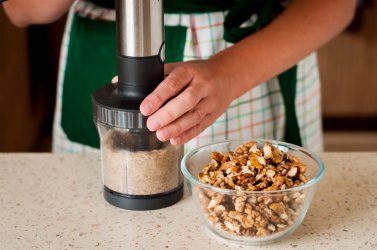
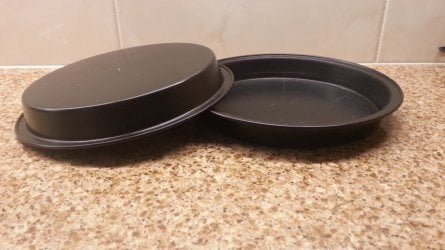
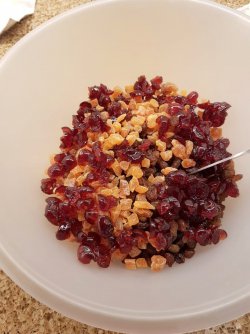
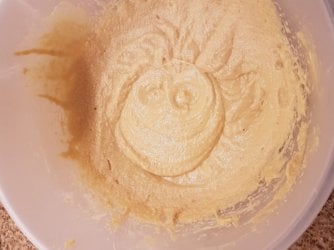
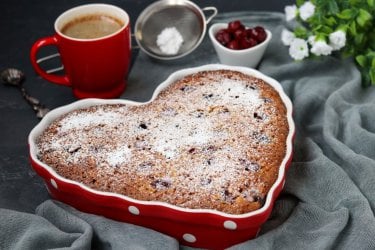
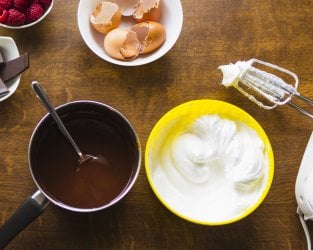
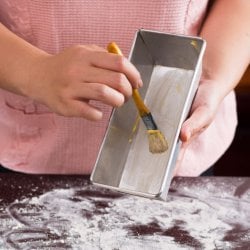
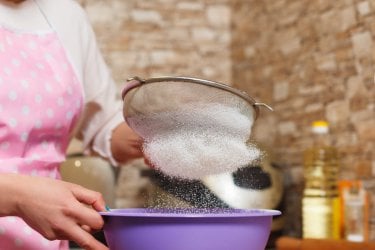

So to avoid any confusion, I have put together a list of words and phrases that can be found throughout a whole host of recipes.
Using the checklist below, you should now be able to read your recipes with ease, decipher the jargon and just get on with the best bit, which is the baking!
Baking Terms and Phrases
Blitz

- Placing food/ingredients into a food processor and blitzing them until they are small pieces or crumbs.
- This requires getting a rolling pin and lightly bashing biscuits in a plastic bag.
- This is used to make a biscuit base for cheesecake and has great de-stressing qualities. However, be careful not to overdo it; otherwise, the bag may burst, and you'll have crumbs everywhere.
- It may also be known as having a go at something. i.e. 'I'll have a bash at that!'
- This has nothing to do with fish and is another name used for cake mix, cake mixture etc. You may be asked to put your batter in a pan. What's a pan?
- A cake pan is a tin or sandwich tin where you put your cake batter. What is a sandwich tin?

- A sandwich tin does not hold your sarnies but is two round tins about 8-inches in diameter and 1-inch high. They are used for splitting cake mixture into two tins so that the cake bakes quicker. After baking, they are then 'sandwiched' together using a filling such as jam, cream etc.
- This has nothing to do with music and is the 'beating' together of ingredients in some shape or form.
- Using a wooden spoon and a quick swift stirring motion back and forth, you will 'beat' ingredients together and feel them thicken. This can be used in fudge making when you are trying to thicken it up in the saucepan.
- It may also mean whisking (beating) ingredients together with a hand whisk or kitchen aid on a moderate to high speed. Please note that you should always start slowly when whisking and then increase to a higher speed so as not to fire (splatter) your ingredients everywhere.
- Blast or blasting may mean mixing ingredients on a high speed for a short period of time. Thus mixing in short blasts of time, i.e. about 30 seconds. You can also do 30-second blasts in the microwave with chocolate.
- 'Beating' may also mean beating eggs in a separate bowl, if so, you would crack your eggs into a small bowl and then stir them quickly with a fork until all the egg whites and yolks have combined. What does combined mean?
- This is when you have mixed together all your ingredients thoroughly.
- Binding or 'bind your mixture' also means mixing elements of your cake mix/batter together.

- This requires you to carefully slice fruits/dried fruits/fillings into small chunks or pieces.
- This may be what you think you are, but in baking terms 'leave to cool' means just that. Leaving your cakes and bakes either in the tin or on a wire rack to cool down so that they are easier to release from the tin or left to firm up.
- If like me you have no patience go off and make yourself a quick cup of tea, usually by this time the bakes have had the chance to settle and cool slightly and you'll be better equipped to work out what needs dong with them.
- Now, this has nothing to do with cream itself; it's actually a baking method. When a recipe asks you to 'cream together' or use the creaming method, it simply means mix the butter and sugar together. You can do this with either a hand whisk/kitchen aid or wooden spoon. The more you 'cream' together, the lighter your butter and sugar will go.

- This happens when you have a lot of wet ingredients (water and fats), and the mixture splits, thus causing lumps to form and the liquid to separate. This sometimes happens after you have creamed together butter and sugar and added the eggs in quickly or when making a fruitcake when you have lots of wet ingredients in the bowl and no dry ingredients helping everything bind together. What are wet and dry ingredients?
- Wet Ingredients are those that are liquid or sticky such as honey, eggs, butter, milk, alcohol etc.
- Dry ingredients are those as the name implies such as flour, sugar, raising agents, dried fruits etc. What are raising agents?
- These are powders that help a cake to rise. Types of leavening/raising agents are Baking Powder, Baking Soda, Bicarbonate of Soda etc.
- Not a technical term but one that can be used by many bakers including myself all the same. A dollop is generally whereby you would scoop and drop ingredients/cake mixture into or onto something—i.e. into a bowl or cupcake case etc.

- No polish or cleaning is required for this phrase. All it means is to lightly sprinkle flour/icing sugar/cornflour on to your work surface to enable you to roll out onto it.
- Or place icing/confectioners sugar into a sieve and lightly dust a covering over the top of your cakes (like a layer of dust).
- This isn't putting them in with the dishes and washing them, no, this means placing an egg, (whether that be whole, white or just the yolk) in a bowl and mixing it with around a tablespoon of water, milk or cream. This can then be brushed onto your bakes before baking to either seal the tops, enhance the colour or create a shine after baking.
- If you are required to fold in, then all you have to do is lightly mix ingredients together using a large metal spoon or spatula. If you tilt the bowl, you can then 'gently' mix the ingredients together in a circular motion. This method is usually used for incorporating egg whites into a mixture; you fold in gently to keep all the air created when foaming egg whites which in turn keeps your cake light and fluffy. What does foaming mean?

- Now, this isn't anything sinister all it means is that you whisk egg whites and only egg whites (no yolks) in a clean bowl on a high speed. By incorporating lots of air into the egg whites, they turn from a liquid into a foam.
- Please note that you can't achieve this by hand with a wooden spoon because you are unable to beat/whisk the whites fast enough to incorporate that much air.
- Also note your egg whites will not foam if there is grease in your bowl or any part of the egg yolk.

- Is the word and a fabulous film but with this all you have to do is lightly coat your baking tin with either butter, oil, or release spray to enable your baked goods to pop right out when fully baked.

- This usually means putting a dry ingredient such as flour/cornflour/baking powder/icing sugar etc. into a sieve. You would then hold the sieve in one hand and move it in a side to side motion as you do this tap the edge of the sieve with your other hand. This causes the dry ingredients to filter through the sieve and sift the ingredients into your bowl underneath. By doing this, you make the dry ingredient particles smaller and remove any lumps.
Last edited:
